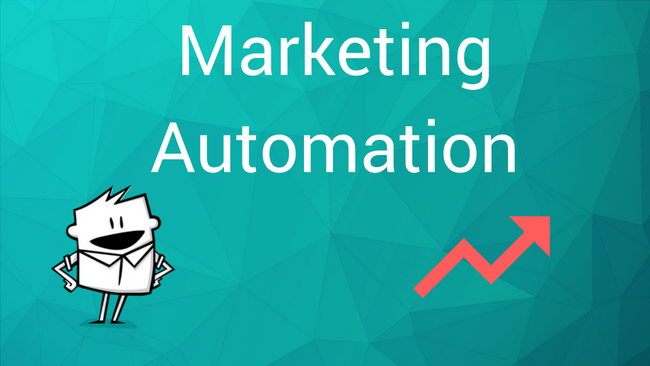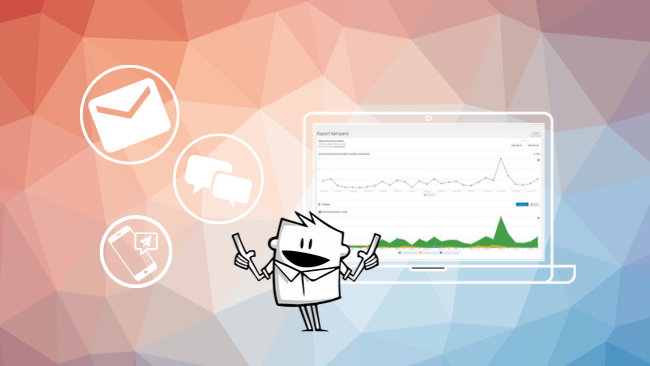Control Groups in Marketing Automation – A Tool For Successful Campaigns

Control groups allow for testing the effectiveness of marketing campaigns and changes in applications. Thanks to them, marketers gain transparency, an important argument for business intelligence activities, based on data. The data is the modern base for many marketing operations; you need a complete set, unspoiled by the wrongly chosen campaign elements.
Testing scenarios are foundations in marketing automation, they allow the introduction of control groups. They require testing scenarios, broken into paths, answering the need to know different groups of customers. Good marketing automation tools choose customers automatically and randomly. They also assign them to different groups – general and control groups. The second one it the benchmark that lets you measure campaign results and react accordingly to users’ wishes for the application.
As a marketer, you know that the base for your operations is results. The foundation of measurement – paying customers. A marketer is a person that walks into a psychology clinic and asks:
· What if the brand I’m taking care of, disappear tomorrow?
· Would customers be sad about this fact?
· How would they react? Would they go and seek alternative or wonder what exactly happened?
· How can we make our customers loyal to the brand and turn them from communications consumers into co-creators?
This is a modern marketing – cooperation in building brands and awareness. Depending on what your company is focused on, a control group will let you measure different indicators:
· An average revenue per user (ARPU)
· Lifetime value (LTV) or customer lifetime value (CLTV)
· Bounce rate
· Uninstall rate
… and much more. Thanks to them you can design your marketing campaign in a way that allows for testing of your control group and your target group.
The best way to create and draw conclusions based on the work with control groups is a tool for marketing automation. What features should it have to be relevant?
A tool for marketing automation should:
· Be all-rounded and modular at the same time. It should be useful for different markets, it can be helpful in all kinds of situations, in different industries. The ability to use a tool in FMCG or e-commerce helps marketers choose parameters specific for given industry, campaign or product line
· Allow for managing the contact base. You should be able to see who subscribed to your newsletter or who is interesting in promotion displayed on a landing page. The ability to have all your contacts in one place is a key element for marketing operations. Choose a tool that gathers all the options under one roof. You should also have access to them directly from the application
· Have easy-to-create-and-manage testing scenarios. A drag’n’drop mechanism for managing scenarios is also important – you don’t want to struggle with the application
· Real-time campaign measurement is helpful as well. Thanks to that, you will able to see what is happening and predict trends and their impact on the campaign. Drawing conclusions even before the campaign is over is also a great benefit. All these factors contribute to your ability to create an even more effective campaign right after the previous one ends
· Have built-in options for client scoring. Scoring is a number-attribution game, involving customers. Base on their behavior, you assign points based on their features and behavior (demographics, time spent on a campaign page, application page, etc.). It allows for very precise creation of control groups and the creation of very advanced testing scenarios. You don’t have to guess and use only intuition, you can compare two very similar groups of clients and have very surprising and different results in the process
· Allow for campaign testing, thanks to a built-in email marketing tool. A/B/X tests, email templates, etc. should also be a part of the software
· Have a tool for client segmentation. It’s crucial for control groups. Intuitive creation of testing scenarios linked with a rule creator (for turning on and off rules) allow for observing very particular behavior is a powerful duo in the hands of any marketer
· Have a database for gathering and processing information about users and paying customers. Data about very specific groups, ability to assign attributes, behavior registration. All of these help in the creation of testing scenarios and designing testing groups for a campaign
· Allow for automatic content synchronization between different platforms. For display purposes, of course. Given a desktop, a laptop, tablet, smartphone or a smartwatch – content management will let you gather precise data. Only then you will be able to draw conclusions and build control groups for future campaigns
· Allow for displaying messages for the users that abandoned the proces. For example, left the cart without making a purchase. Displaying a personalized notification to a user can increase sales and check how different groups of customers react to this message. Tweaking messages about the option to continue the buying process is very usefuk
· Have push notifications mechanisms. Web push and mobile push are a modern necessity
Only complete tools for marketing automation have a wide spectrum of options. Mechanisms like these above make campaign efforts holistic and help control groups thrive in a marketing landscape.
Control groups can’t replace a long-term marketing strategy, they are merely a tool. They don’t answer all the questions but give the opportunity to spot holes in the designed campaign and draw conclusions for the future. When choosing a marketing automation tool, make sure it has all the options for converting communication.



